In 2009, six Chinese factory workers represented millions of migrant workers on Time’s person of the year list for “leading the world to economic recovery.” Their lives tracked the ups and downs of China and the world since then.

Xiao Hongxia (left) and her fellow workers from the factory taken by reporters of Time magazine
By ZHAI Xingli, LIANG Yingxin
In 2009, Xiao Hongxia and other workers from her factory were featured in Time magazine’s person of the year list, representing tens of millions of migrant workers in China. The magazine credited factory workers with powering China’s growth and “leading the world to economic recovery.” The domestic media was thrilled. Interview requests poured in, to which the guileless young women almost never said no. Xiao’s goal, as she told reporters then, was to “settle down in Shenzhen.”
On her way from her mountain village to the rising city of Shenzhen, sixteen-year-old Xiao Hongxia didn’t know she was to help create an economic powerhouse. Fast forward to today and she has still not really settled down. She left her factory, worked short stints in government and nonprofits, opened an online store and speculated in cryptocurrency, losing all her savings. Last year, she joined a real estate agency.
Time before Time
Xiao Hongxia leaves her rental apartment at 8:35am, takes a bus six stops and walks to the real estate agency where she works. At 9:00, she and her coworkers stand in a row to sing the company song - “Everyone can have a good life.”
The ritual is meant to get everyone motivated for the day ahead, but there is no lack of motivation in the real estate business. Selling a house is essentially selling a dream. When Xiao first joined the company a year ago, broke and newly divorced, her manager and coworkers told her about a superstar realtor in Shenzhen who got her start at about the same age as Xiao, after being kicked out by her ex-husband. Now this mythical housewife makes at least a million yuan (US$150,000) a year. If she can do it, so can Xiao.
But most of Xiao’s work is secretarial — scheduling meetings and organizing files. The job pays 3,000 yuan a month, on which she supports herself and her ten-year-old son. During the break, Xiao goes out to buy breakfast: a chive pancake and a cup of soy milk, altogether 6.5 yuan. A rare treat: She can’t afford to spend that much every day.
She was born in 1979, the same year Shenzhen was founded. People in her mountain village were oblivious to the economic miracles soon to be created in the far off coastal city, they were focused on survival. They lived off sweet potatoes and wheat. Xiao remembers craving white rice, which she never got to eat.
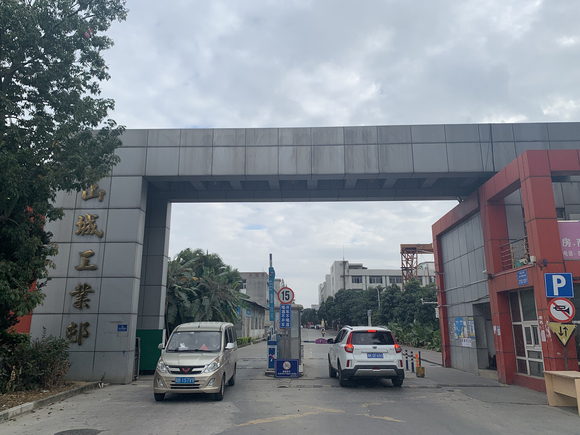
At sixteen, Xiao and her cousin took a three-day bus journey to Shenzhen and soon got a job in a picture frame factory paying 550 yuan (about $66 in 1995) a month. For a mountain girl, the salary was astronomical, not much lower than the average in Beijing. But for Xiao, the main draw was the canteen, where, finally, “I could eat as much rice as I wanted.”
That was the beginning of sixteen years as a factory worker. She has never moved away from Shenzhen, but for a long time, the magic word “Shenzhen,” meant next to nothing. On one of her days off, Xiao and a few other factory girls climbed a hill outside the factory zone. When they reached the top, an older girl pointed to the barbed wire on the top of another hill nearby and said “real Shenzhen'' started there. Inside the barbed wire was guannei, the special economic zone. At that time, to get in mainland residents needed a special permit. By then, Xiao had lived in Shenzhen for more than two years, but had never been to the “real one.”
Xiao Hongxia no longer feels like such an outsider now. She is as poised and self-assured as anyone in the megacity. Her boss and coworkers like her. And when Jiemian News took her photo, she asked to use the agency’s storefront as the background. “It will be good publicity for the company,” she said.
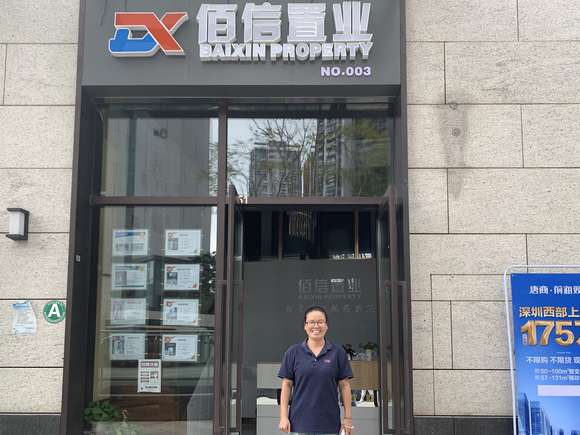
Time after Time
Xiao had never heard of Time magazine, nor was she aware that she and her coworkers were “leading the world to economic recovery.” In 2009, Xiao was working at a LED factory, her 14th and longest factory job, which also turned out to be her last. She started there in 2003, working eight-hour shifts welding 40,000 soldering joints on LED chips every day.
When the Time reporter found her, she had been promoted to production manager, the second most senior position on the assembly line. She quickly found other workers to take part in the shoot. Time singled out these workers as keeping China’s economy growing at 8 percent through the global recession, and providing an economic stimulus for other countries. A whirlwind of domestic media coverage followed.
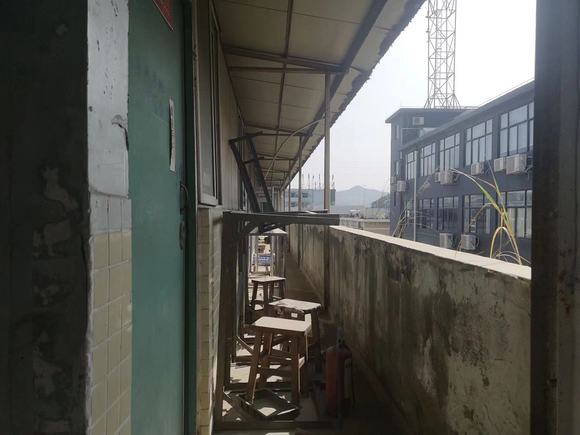
Xiao appeared on talk shows and variety shows, spoke in documentaries, attended academic conferences and worked short stints for the government. She had her own understanding of terms she heard often such as “globalization,” “financial crisis,” and “labor-intensive industry.”
She worked less overtime and eventually, the LED factory did not survive the economic reshuffle, as Shenzhen pivoted to higher-end manufacturing. Xiao left the factory and moved on with her life.
Xiao's post-Time life has not been easy. For a short while, she worked full-time for a nonprofit organization advocating for factory workers’ rights, but gave up, feeling powerless in the face of the system. In 2013, just as the e-commerce boom started, Xiao opened an online shop on Taobao, selling clothes and honey. She never mastered the tactics or strategies to beat the algorithm, and the business folded.
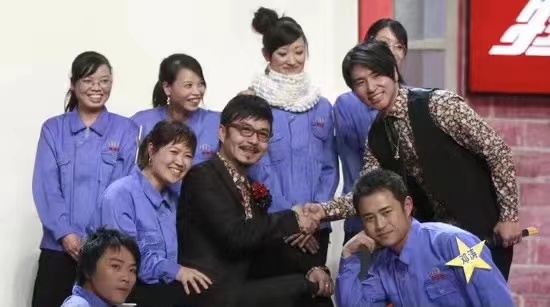
Is life better now? Xiao thinks so, but not without its problems and worries. Money is always tight. She is often behind in paying off her debt from the cryptocurrency fiasco. As rents rise, she moves further and further out of the city. The semi-nomadic lifestyle does not help her son’s grades. She also has an older son, who just turned 18 and works in a factory in Suzhou. She had hoped that her children would not follow in her footsteps, but the prospects for a factory worker’s son are limited. She regrets not spending more time with him when he was younger, but she always had to work overtime on the assembly line. Now, finally, on a nine-to-five schedule, she supervises her younger son’s homework, no matter what.
Time remaining
Other workers in the photo didn’t have it easy either. Some are still in factories. Some went back to their hometowns. One of them, HUANG Dongyan, has remained close to Xiao. Two years ago, Huang founded an agriculture cooperative growing medicinal herbs, which neither she nor her business partner knew anything about. The herbs spoiled after harvest and they lost everything.
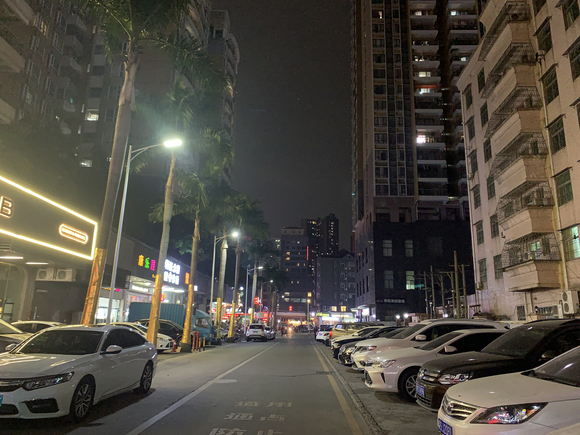
Huang often complains to Xiao about her debts, her husband and her insomnia. Xiao’s own situation is not any better. She not only lost all her savings but also went deep into debt. Going back to her mountain village is unthinkable. There’s no job there and her son’s education would be disrupted.
But Xiao is still looking ahead. Her biggest wish is to pay off her debt. Then, she will start from scratch, again. Just like her sixteen-year-old self, penniless but tireless, the woman who once led the world to “economic recovery” is ready for whatever life has in store.